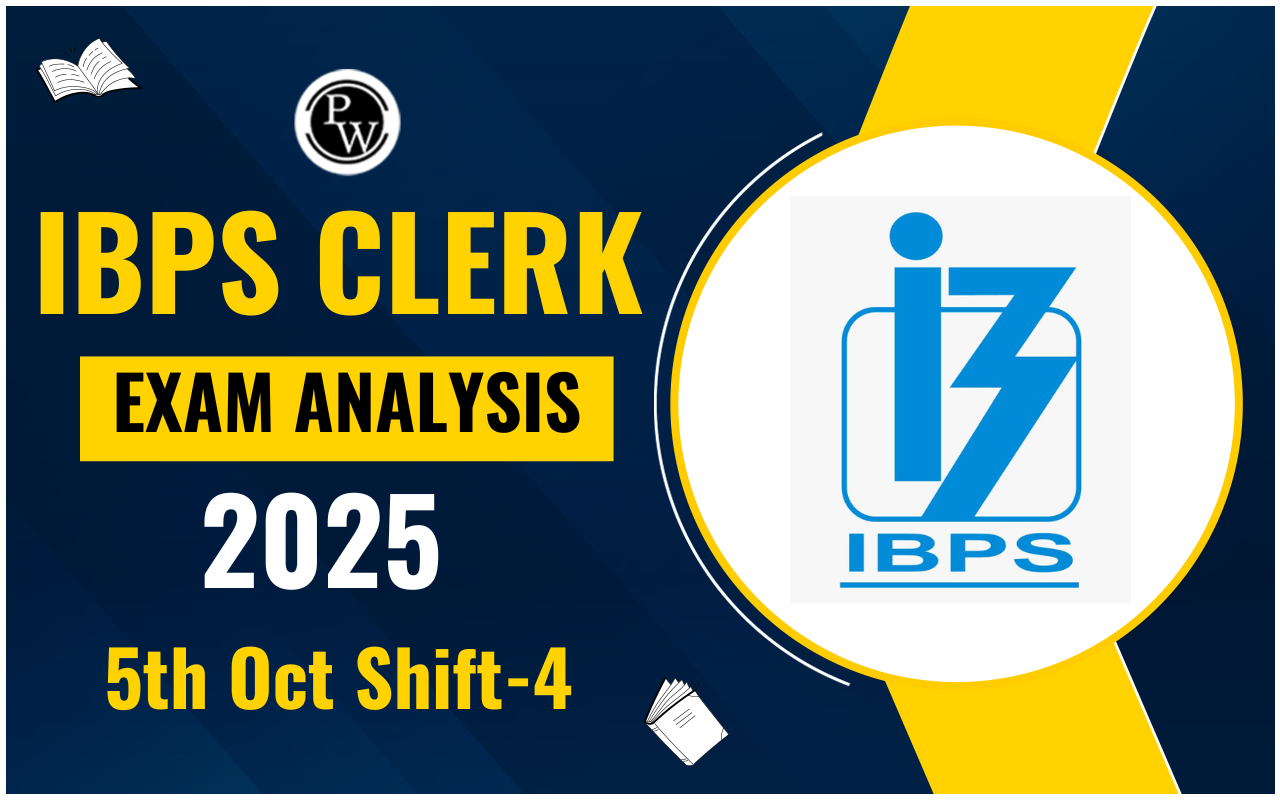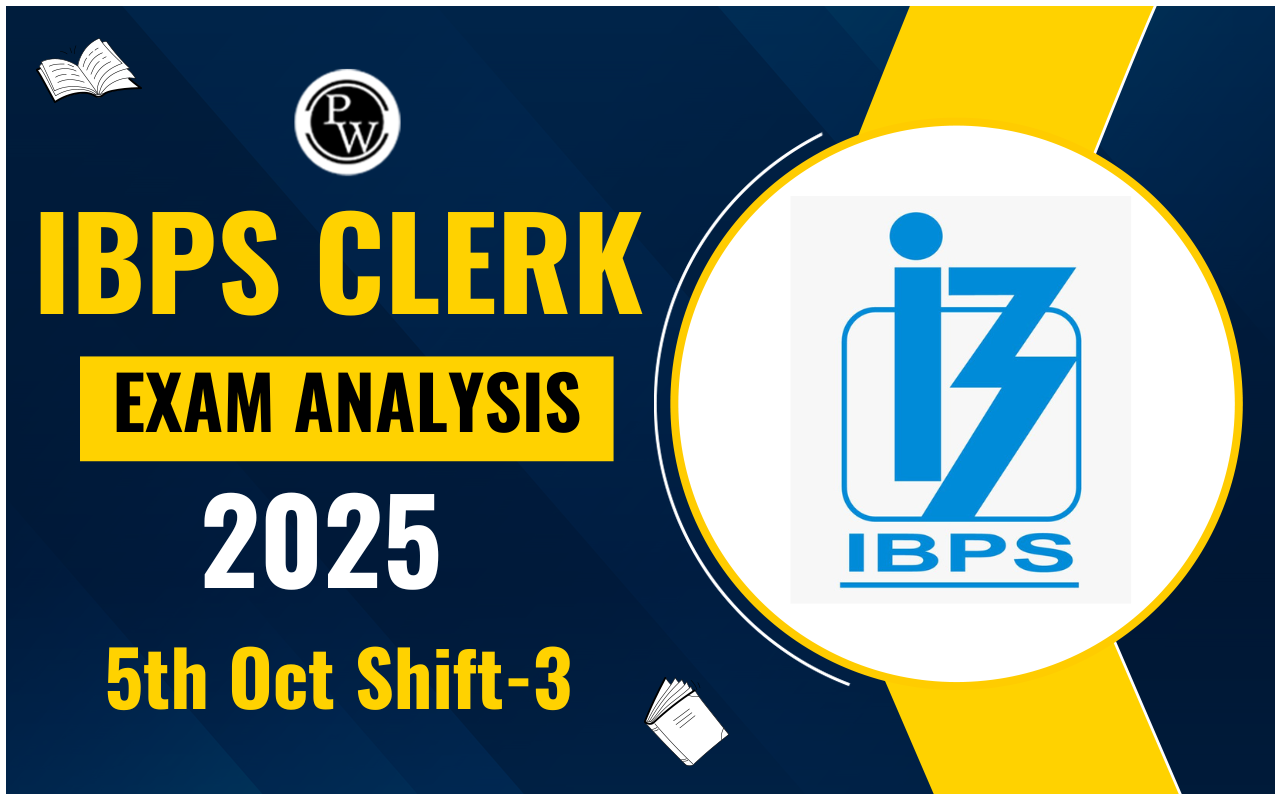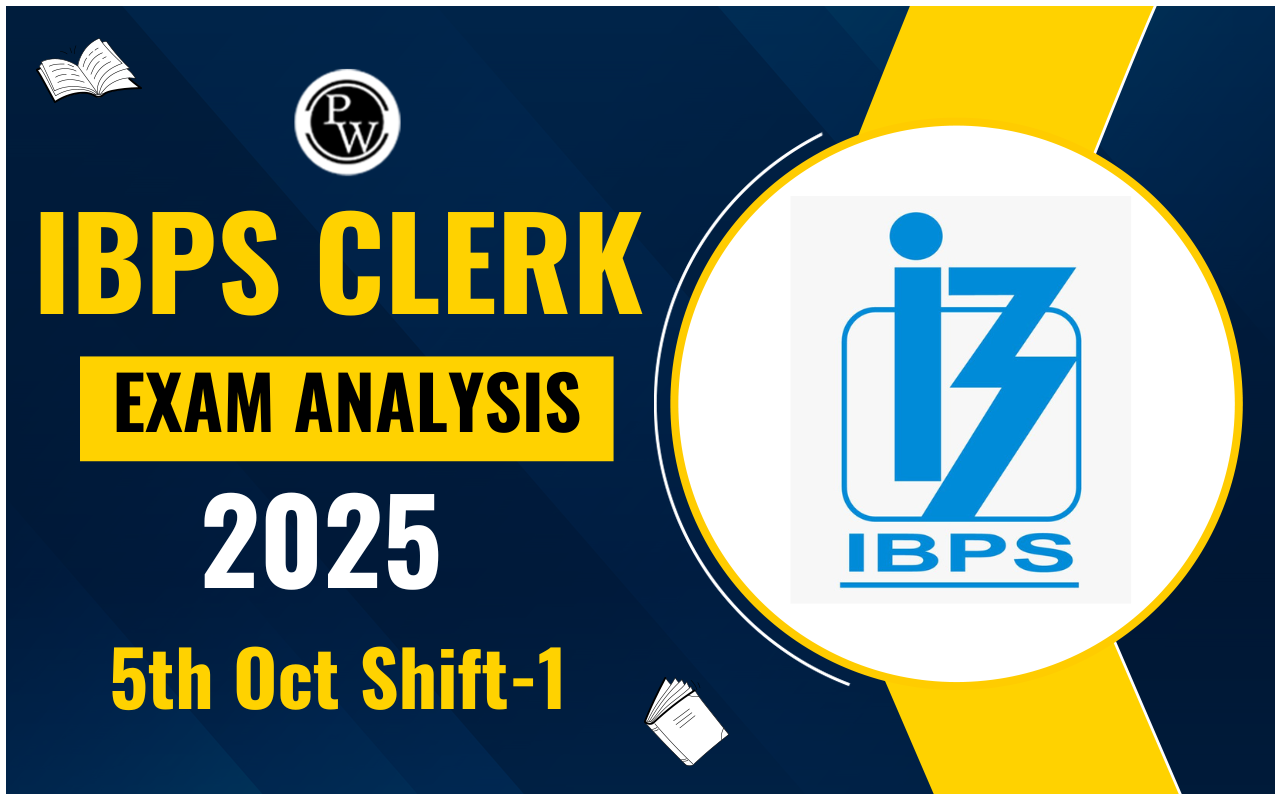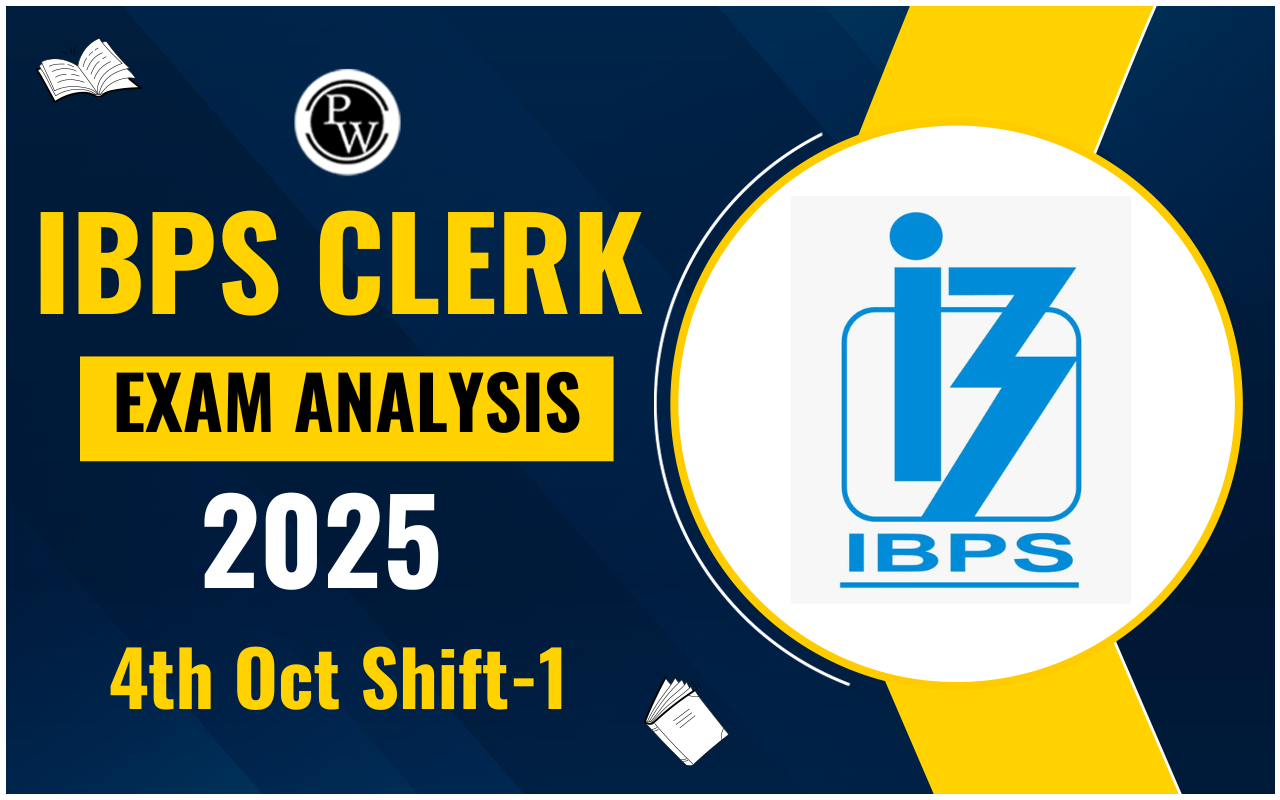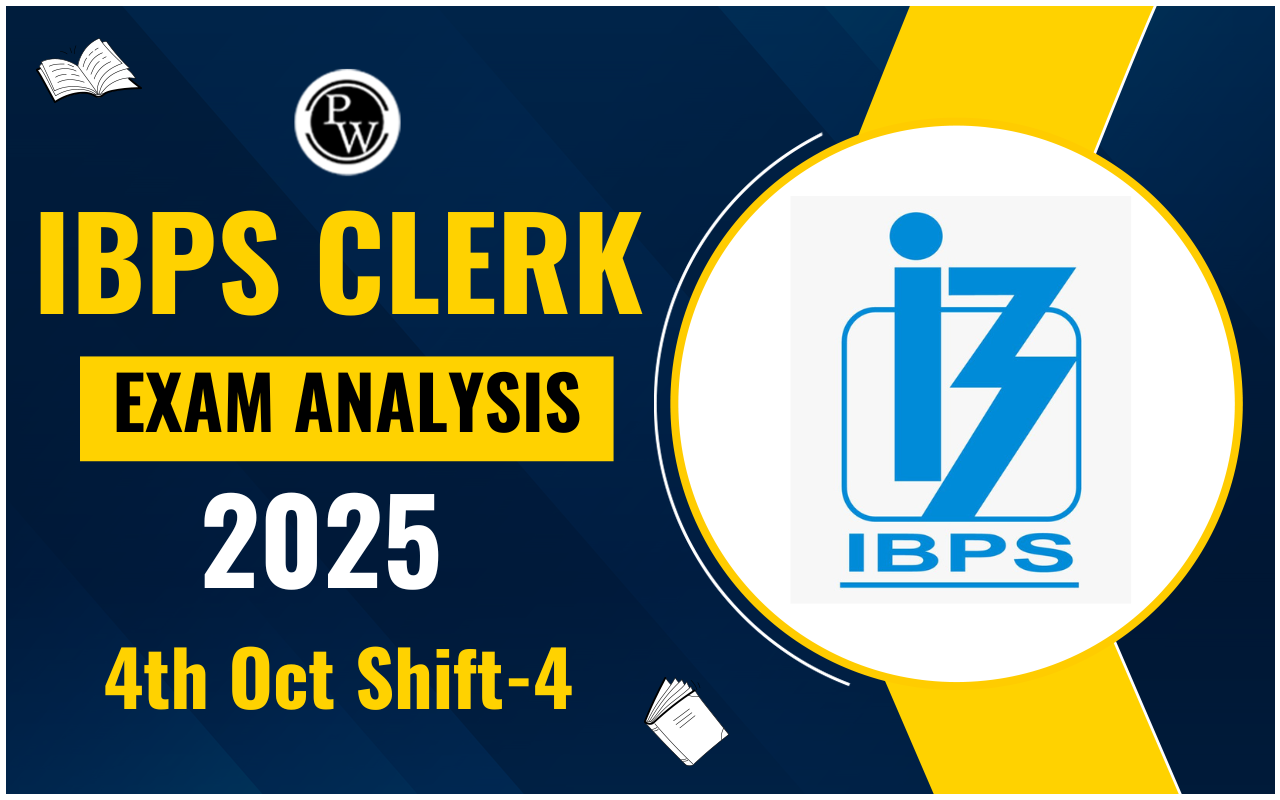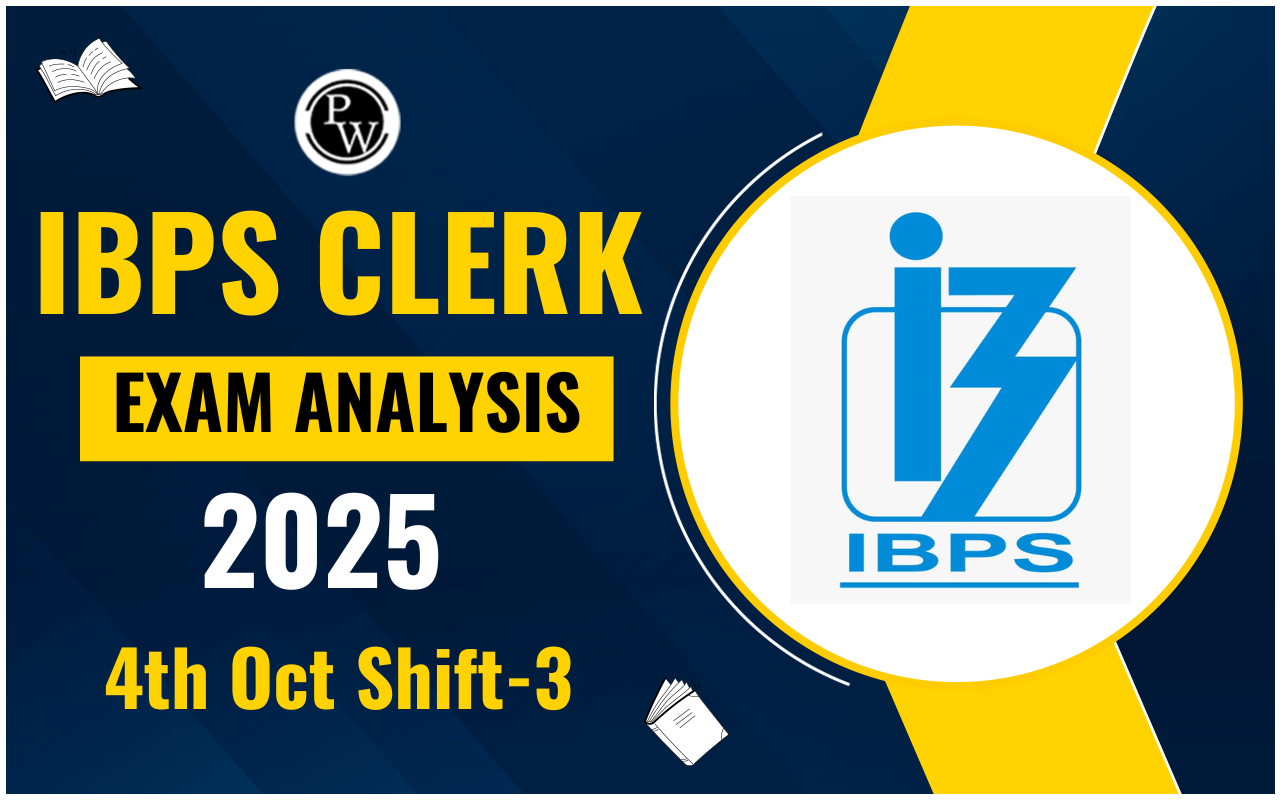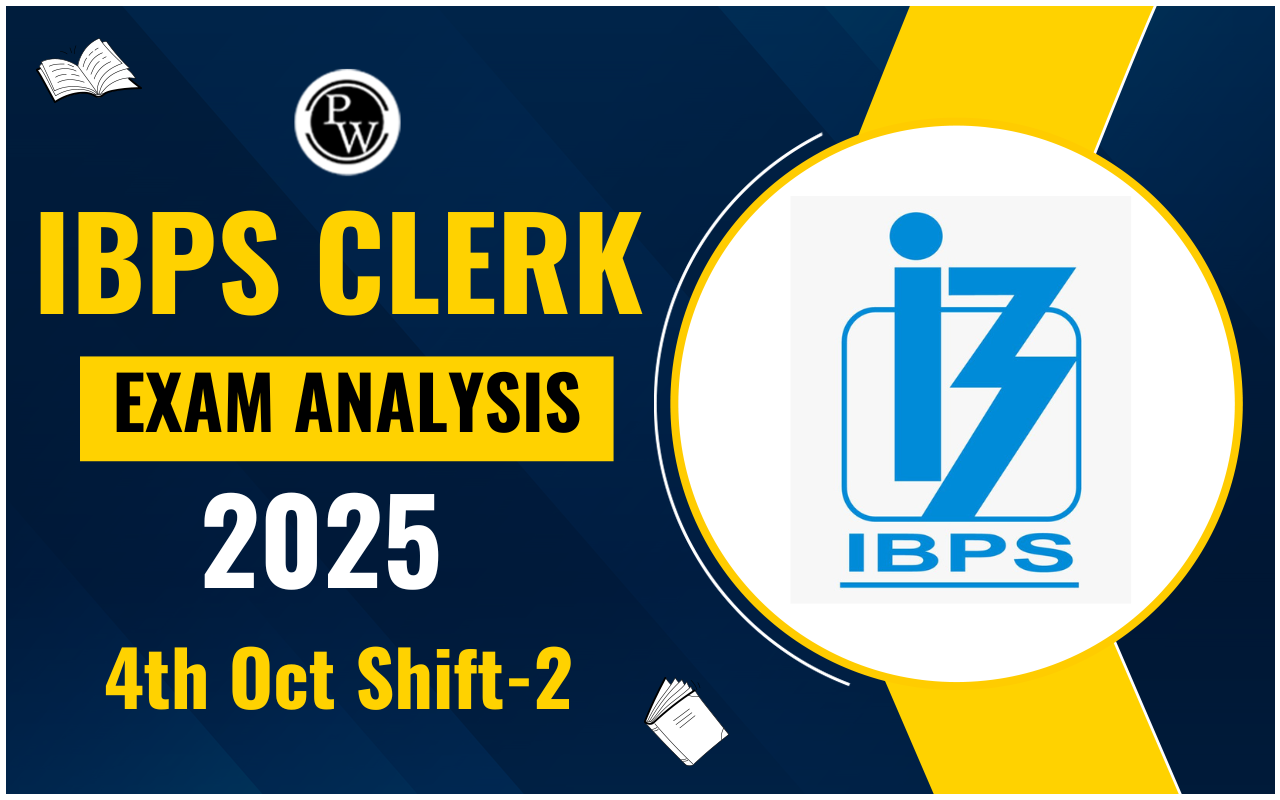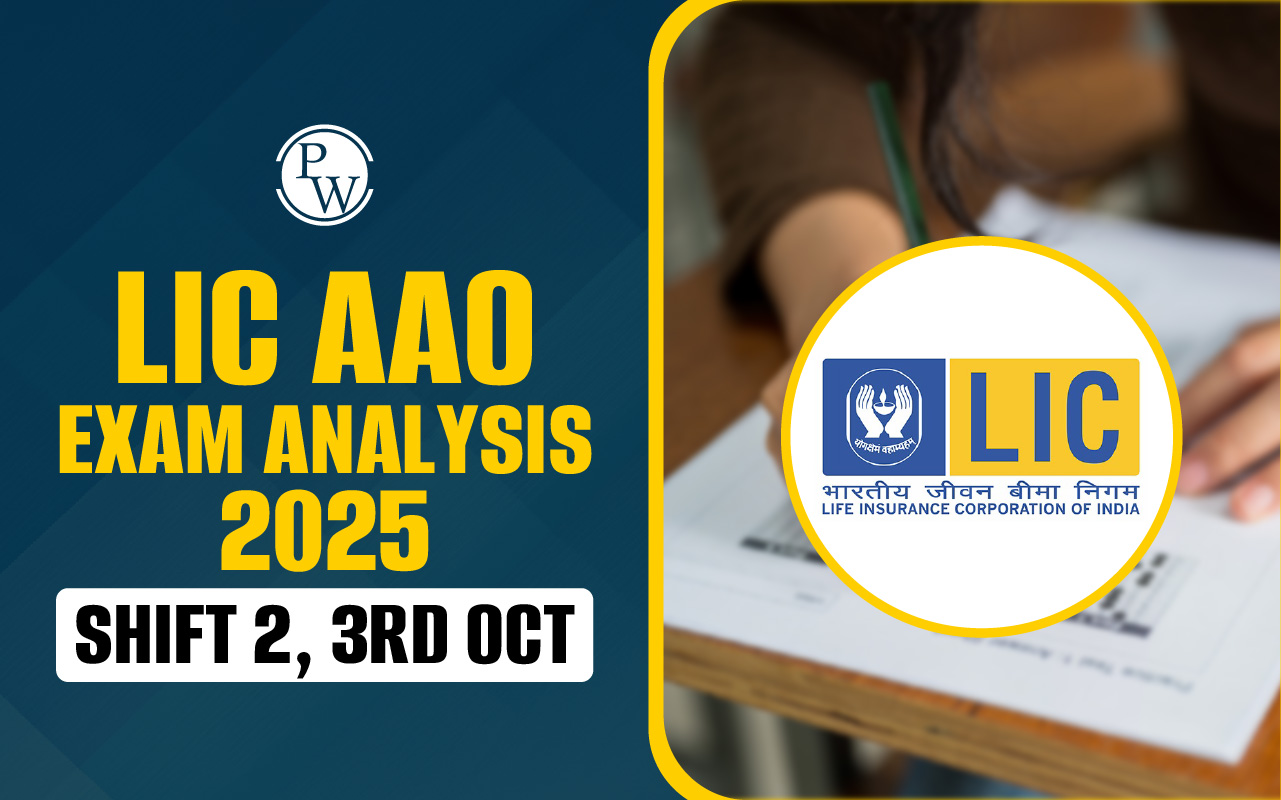

RBI Governor List covers all the details of the central authority managing the country’s financial system. Since 1935, RBI has been guided by a series of governors. RBI governors define and implement policies and administration in their own way. Students should note that the RBI Governor also functions as the Chief Executive Officer and ex officio Chairman of its Central Board of Directors. Indian currency notes bear the signature of the sitting Governor that symbolises their official role. Further, the central government appoints the Governor for three years, which may be renewed depending on administrative decisions.
RBI Governors from 1935 to 2025
Candidates can follow the sequence from Sir Osborne Smith to Sanjay Malhotra while reading the RBI Governor List. This list of governors provides detailed information about the transition from British to Indian Governors. It also demonstrates how financial policies and governance have adapted over time. Further, Interim Governors often filled brief periods between appointments of the governors, and students should take note of these gaps.
List of RBI Governors with Tenure
Governor tenures range from a few weeks to several years. The standard appointment term for the Governor is three years. Further, many governors have served for more than 3 years in history. Further, here is the list of RBI Governors with their tenure:
|
List of RBI Governors with Tenure |
||
|---|---|---|
|
No. |
Governor |
Length of Tenure |
|
1 |
Sir Osborne Smith |
2 years and 91 days |
|
2 |
Sir James Braid Taylor |
5 years and 232 days |
|
3 |
Sir C. D. Deshmukh |
5 years and 325 days |
|
4 |
Sir Benegal Rama Rau |
7 years and 199 days |
|
5 |
K. G. Ambegaonkar |
45 days |
|
6 |
H. V. R. Iengar |
5 years |
|
7 |
P. C. Bhattacharya |
5 years and 122 days |
|
8 |
Lakshmi Kant Jha |
2 years and 307 days |
|
9 |
B. N. Adarkar |
42 days |
|
10 |
Sarukkai Jagannathan |
4 years and 338 days |
|
11 |
N. C. Sen Gupta |
92 days |
|
12 |
K. R. Puri |
1 year and 256 days |
|
13 |
M. Narasimham |
212 days |
|
14 |
I. G. Patel |
4 years and 289 days |
|
15 |
Manmohan Singh |
2 years and 120 days |
|
16 |
Amitav Ghosh |
20 days |
|
17 |
R. N. Malhotra |
5 years and 321 days |
|
18 |
S. Venkitaramanan |
2 years |
|
19 |
C. Rangarajan |
4 years and 335 days |
|
20 |
Bimal Jalan |
5 years and 289 days |
|
21 |
Y. V. Reddy |
5 years and 1 day |
|
22 |
D. Subbarao |
5 years |
|
23 |
Raghuram Rajan |
3 years and 1 day |
|
24 |
Urjit Patel |
2 years and 97 days |
|
25 |
Shaktikanta Das |
6 years and 1 day |
|
26 |
Sanjay Malhotra |
Present |
Current RBI Governor
Sanjay Malhotra has been the current RBI Governor since December 2024. Students should follow official announcements from RBI governor office. It is because decisions from this office affect the monetary stability and banking regulations of the country. Further, the responsibilities of the office are more than administration. It also affects national financial policy.
RBI Governor 2025
Sanjay Malhotra joined the RBI as governor on 11 December 2024. His tenure in 2025 follows the standard three-year framework set by the Indian government. Students should note the formal process of appointment and the potential for term extension.
First RBI Governor of India
Sir Osborne Smith was appointed on 1 April 1935, becoming the first Governor. The first Indian Governor, Sir C. D. Deshmukh, assumed office on 11 August 1943. Aspirants can study their appointments to understand India’s early financial governance.
RBI Governor List Official Page
Students can find historical records, notifications, and verified data for reference purposes on the official RBI website. The official RBI Governors page can be accessed by clicking the following link:
https://rbi.org.in/Scripts/governors.aspx
RBI Governor History
The history of RBI Governors reflects India’s journey from colonial administration to independent financial governance. British Governors established administrative systems in the RBI. Then, Indian Governors adapted policies to meet national priorities and the evolving economic needs of the country.
RBI Governor Appointment
The RBI Governor is appointed by the central government for three years. Students should understand the appointment process of Reserve Bank governors. It involves formal notification and assumption of responsibilities as both CEO and Chairman of the Central Board.
RBI Governors and Their Terms
Terms of office vary depending on government decisions and interim requirements. Observing these variations provides insights into periods of reform, stability, or transition within the RBI.
RBI Past and Present Governors
The full list of Governors offers insight into leadership patterns, policy changes, and administrative strategies over decades. Students analyzing this list can better understand India’s monetary history.
RBI Governor List FAQs
Who is the current RBI Governor in 2025?
Who was the first RBI Governor of India?
Where can the official RBI Governor list be accessed?
What is the tenure of an RBI Governor?
How are RBI Governors appointed?


